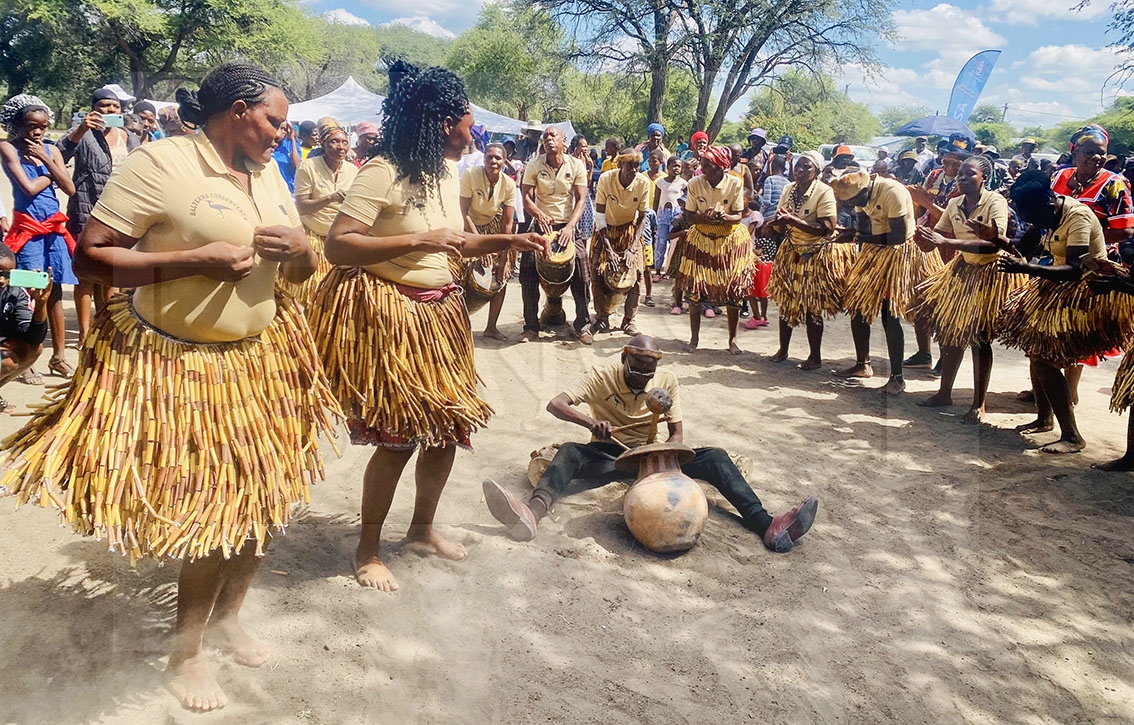Botswana Namibia tourism sites link
21 Aug 2018
In an effort to diversity the region’s tourism away from the Big Five, plans are afoot to create a heritage trail that will link Namibia and Botswana.
The Botswana Predator Conservation Trust (BPCT) and Kalahari Wildlands Trust (KWT) are conducting a feasibility study for a heritage trail to link tourism attraction sites in western Namibia with Ngamiland west areas.
A consultant in the project, Mod Masedi said in an interview that the feasibility study, which was expected to take three weeks, was already in motion.
He said the project, dubbed Khaudum-Ngamiland Wildlife Dispersal Area (KNWDA), had been recognised as a significant development for maintaining wildlife habitat connectivity in the greater Kavango Zambezi Transfrontier Conservation area (KAZA).
Masedi also highlighted that the project scope in the trans-boundary region aimed to connect habitats and tourism destination of Khaudum National Park and the NaJaqna and Nyae Conservancies of eastern Namibia with tourism opportunities in western Ngamiland.
Furthermore, he noted that the region included the UNESCO World Heritage Site of Tsodilo Hills and the Gcwihaba Caves.
It also includes the well frequented tourism destinations around the Okavango Delta.
Masedi said the goal was to address inter-dependent goals of poverty alleviation and wildlife habitat connectivity in the KNWDA by initiating the development of an attractive tourism transit route which linked wilderness and heritage sites with viable tourism initiatives.
He indicated that the heritage trail would also cover villages in Ngamiland west such as Kareng, Sehithwa, Etsha, Ikoga, Tsodilo Hills, Nxau and others.
He added that Ngamiland west has been identified as one of the most impoverished regions in the country.
Masedi also noted that communities residing in the area were mainly comprised of San, Hambukushu, Bayei, Herero and Tswana speaking ethic groups.
He noted that the KNWDA portion of the greater KAZA landscape was known to hold some of Botswana’s most extraordinary scenes, but was comprised mainly of large tracts of relatively unknown wilderness and cultural landscapes.
Masedi said there were untapped tourism related activities in the areas such as cultural and landscape tourism.
“These peoples have sites in which they can operate cultural villages, tourism that is related to their culture and history, but they are not capacitated on how to explore them,” he said
Masedi further stated that there were some cultural festivals such as the Otjiserandu in Tsau by the Ovaherero community, which needed to be packaged and mapped in the trails so that tourists could know the best time to visit.
He also observed that tourists also wanted interaction with local communities. ENDS
Source : BOPA
Author : Solomon Tjinyeka
Location : MAUN
Event : Interview
Date : 21 Aug 2018






